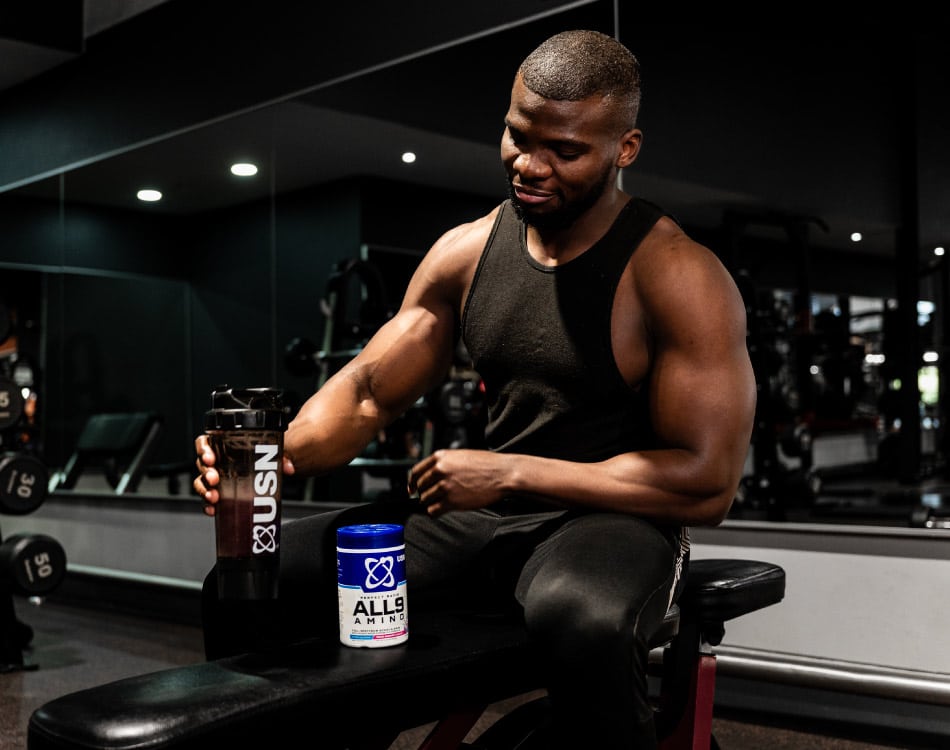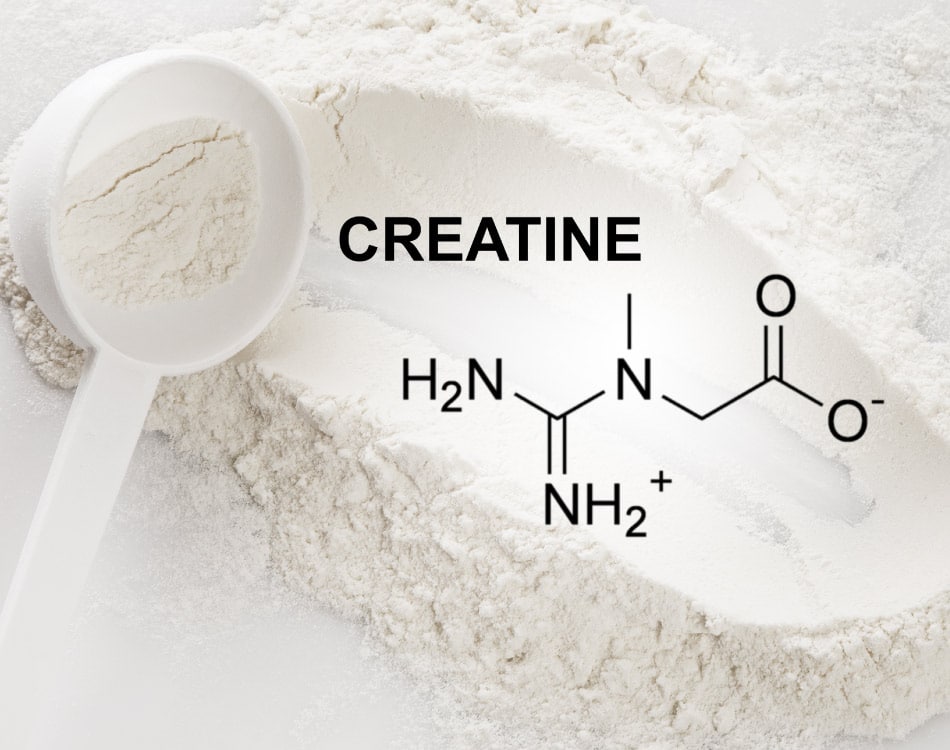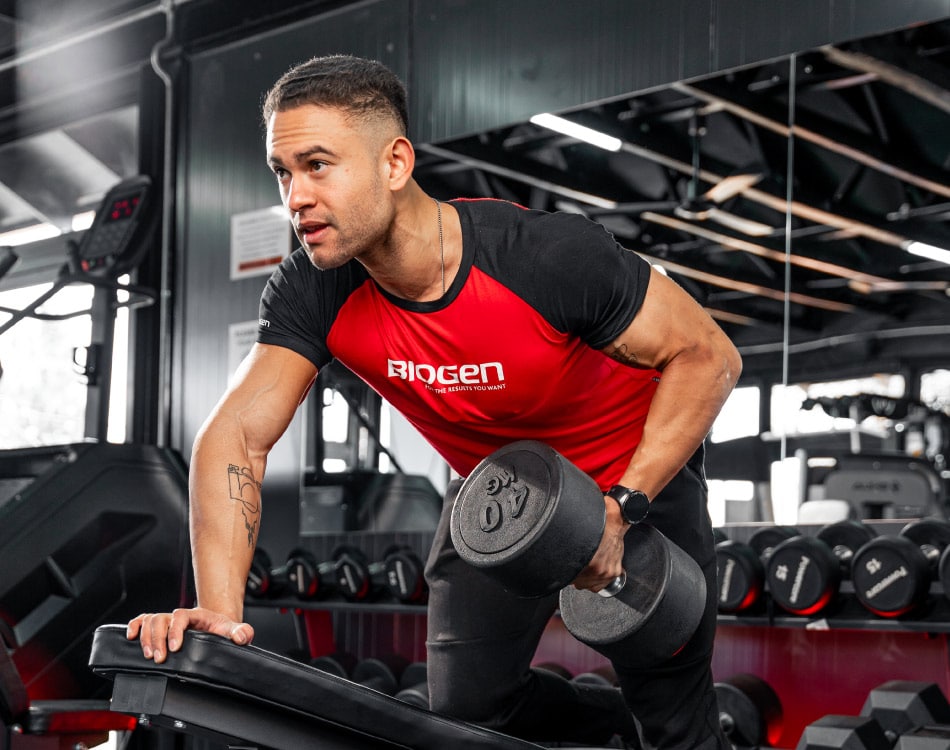Getting sufficient amino acids from protein every day is a priority for anyone who trains hard in the gym, whether you’re working towards a better body, adding muscle or enhancing sporting performance.
When we consume protein from food or supplements, our body digests this macronutrient and breaks it down into its basic components, namely amino acids.
The body then combines these amino acids in different ways to fulfil various roles, like repairing and building muscle tissue (in a process known as protein synthesis), for various other functions to create optimal health.
READ MORE | What’s So Essential About Essential Amino Acids?
Free form amino acids
In addition to eating protein in your diet, you can also provide free form amino acids from supplements, which may benefit your body and your performance.
Innovative supplement manufacturers like Weider have created products Amino 6000 to make it more convenient to meet your amino acid requirements.
A comprehensive ‘free form’ amino acid (that means they are not bound in complete protein structures) product has the potential to support muscle growth, maintain good health and may improve physical performance and exercise capacity by supplying all the amino acids your body needs in a convenient daily dose.
READ MORE | Weider Amino 6000 Available Again From Dis-Chem
An amino acid masterclass
While there are about 500 known amino acids found in nature, there are 22 amino acids that are relevant to anyone who lifts weights in the gym as we need them to make muscle protein.
Essential amino acids: Among the 22 natural amino acids, nine are considered essential to human development (they’re also less commonly known as indispensable amino acids).
These amino acids are the building blocks of life and constituents of living cells essential for growth and tissue repair.
Our body cannot make these essential amino acids (EAA). As a result, they must come from external nutrient sources such as foods and supplements.
The nine EAAs include:
- Histidine
- Isoleucine
- Leucine
- Lysine
- Methionine
- Phenylalanine
- Threonine
- Tryptophan
- Valine
Branched-chain amino acids: But it is the three EAAs that have a branch-like structure that are possibly the most important to athletes and those who train in the gym.
The branched-chain amino acids (BCAAs) include:
- L-Leucine
- L-Isoleucine
- L-Valine
BCAAs offer numerous benefits as they are involved in protein synthesis.
Non-essential amino acids: The remaining amino acids are classified as non-essential amino acids (NEAA). This doesn’t mean we don’t need them, but rather refers to the body’s ability to make them. The NEAA are also involved in muscle protein synthesis.
READ MORE | Know Your Amino Acids: We Unpack The Difference Between BCAA And EAA Supplements
Delay fatigue, protect muscle
An amino acid supplement taken before and/or during a training session may help to delay muscle fatigue during physical activity, because the body can metabolise and convert these free form amino acids into glucose to provide energy.
This process (known as gluconeogenesis) limits the body’s need to break down muscle tissue to access amino acids when glycogen levels run low.
And by limiting muscle tissue damage in this way, an amino acid supplement that provides sufficient BCAAs may reduce our recovery demands after exercise.
In this regard, a study1 conducted at the School of Human Biology at Canada’s University of Guelph, confirmed that ingesting BCAAs (up to 4g) during and after exercise could reduce muscle breakdown during exercise.
READ MORE | Amino Acids: The Loss-Limiting Factor
A potent muscle builder
When combined with regular weight or resistance training and a healthy, balanced diet, amino acids, particularly BCAAs, can boost muscle protein synthesis (MPS) after exercise to aid muscle growth.
Leucine is particularly important in this process as it is a potent MPS stimulator, because it activates a muscle-building (anabolic) pathway, and higher leucine levels indicate to the body that there is sufficient dietary protein to create new muscle tissue.
As such, amino acid supplements typically contain more leucine than the other two BCAAs. The industry standard, which you’ll find in Weider Amino 6000, is a 2:1:1 leucine:isoleucine:valine ratio.
READ MORE | Does Your Workout Need Aminos?
Timing your amino acid intake
With so many muscle-building and recovery benefits on offer, you might be tempted to swap your whey, plant or blended protein supplement for free form amino acids, but it’s important to not oversimplify the amino acid versus complete proteins debate.
While numerous studies support the effects of free form amino acid supplements in general, and BCAAs in particular, consuming complete proteins from food and supplements is most important for optimal post-workout recovery.
As such, a combination of regular weight or resistance training, a healthy, balanced diet, and amino acids taken before, during or after training (no later than 90 minutes after exercising), offers an effective approach to build more muscle.
References:
-
Am J Physiol; Branched-chain amino acids augment ammonia metabolism while attenuating protein breakdown during exercise. 1994 Dec; 267 (6 Pt 1): E1010-22. doi: 10.1152/ajpendo.1994.267.6.E1010.

















Leave A Comment